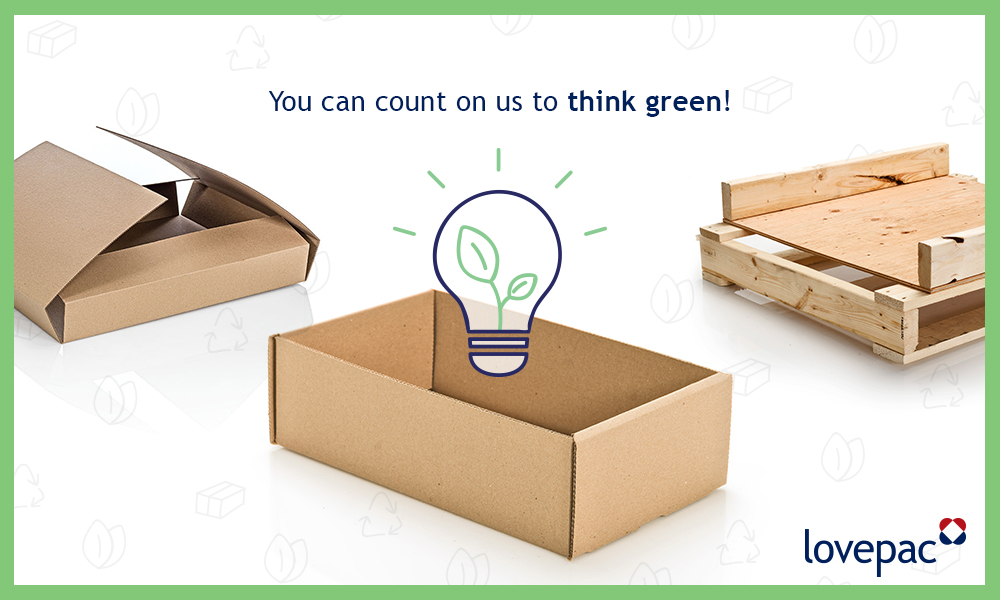Over the years the term ‘environmentally friendly’ has been thrown around and means different things in diverse business sectors. At the end of the day, the one thing it needs to conform to is the actual footprint left behind on the environment. What many individuals forget to factor into the term ‘environmentally friendly’ is the physical manufacturing process to get to the finished product.
If it takes 3 tons of fresh water and 5000 kilowatts of electricity to transform 10 pounds of used paper into 100 sheets of recycled paper. The environmental footprint is no long measured after its use, but that is what most everyone measures- the impact after its usage.
The manufacturing method and practice to obtain a finished product, in most cases, is more important. In order to call a product ‘’environmentally friendly’’ and good for the environment then its physical landfill properties and creation process needs to be considered. (See case study below)
Lovepac has taking the initiative to include this thought process in all levels of our company.
Lovepac is one of 15 companies currently in Montreal, QC that has been chosen for a special sustainable development program. A committee was appointed for the sole purpose to develop a new method of thinking when it comes to waste and our impact on the environment.
This certification and training was the next natural step in Lovepac, as we already CARE about minimizing our product and material influence on the environment through our designs and suppliers.
Choosing Lovepac is selecting a company who CARE’s not only about providing you with the best possible design for you application, but you can count on us to think green.
This is a personal case study that I recently witnessed. This past weekend my wife and I decided to change our kitchen set after 10 years and the timing was perfect, At Costco they had the style and design we both liked.
We make the choice to change, so we visited Costco, purchased our items, then strapped the boxes on the roof of our car, and made the trip home.
Since I was recently appointed to the sustainable development committee I guess my recycling radar is on overdrive and when I started to open the kitchen set packaging, I was overwhelmed with the amount of packaging materiel they used to protect 6 chairs and a table.
This is the perfect example in my mind of a product that is badly designed and over packaged. Basically what not to do.
There was so much material waste, I needed to go to the Eco-Centre to dump the cardboard given it didn’t fit in my standard community recycling bin.
I estimate with my experience in the packaging industry that in time and materiel, there most of had at least 100$ to 120$ cost just in packaging on a 900$ buy.
Here is the perfect example of what not to strive for when you’re designing an Environmentally friendly packaging.


